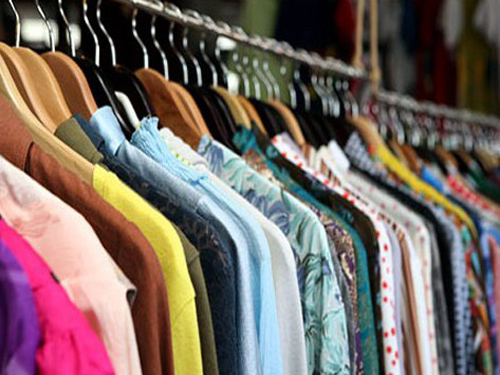
The China Garment Association revealed at the 2014 China Apparel Conference in Urumqi, Xinjiang, that it expects China's garment exports to continue to grow steadily this year, with an increase of less than 10%. Experts at the meeting stated that the current economic recovery in developed economies has increased market demand and has formed favorable conditions for China’s garment exports. However, in the long term, China’s apparel exports still face many difficulties.
According to statistics from China Customs, last year China exported a total of 178.242 billion US dollars worth of garments and accessories, an increase of 11.28% year-on-year, an increase of 6.75 percentage points over the same period of last year, and a total of 31.359 billion garment exports, an increase of 8.46% over the previous year. The year-on-year increase of 9.53 percentage points.
Chen Dapeng, executive vice president of the China Garment Association, said that last year’s substantial increase in China’s apparel export volume and exports compared with the same period in 2012 was mainly due to two factors: the mild recovery of the global economy and the recovery of international market demand; It is based on a low base in 2012.
Some entrepreneurs stated at the apparel conference that in the next few years, the situation of China’s garment exports will be complicated, favorable conditions and unfavorable factors will coexist. They are still facing insufficient demand, excessive domestic and foreign cotton price gaps, rising production costs, excessive pressure on emission reductions and international Competition has further intensified and other difficulties.
Yuan Xiufan, vice president of the Xinjiang Wenzhou Chamber of Commerce, believes that although this year's cotton policy has been changed to help narrow the gap between domestic and foreign cotton prices, the cotton quota has not been issued yet. Enterprises can only purchase state reserves with high prices and poor quality, which is not conducive to the improvement of products by enterprises. At the same time, the average monthly salary of companies in the region of Andong has reached more than 700 US dollars, far higher than in Southeast Asian countries, and China has no labor cost advantage.
"In the international market, the inherent price advantage of China's products has gradually disappeared. At the same time, textile industries in neighboring countries such as Vietnam, Cambodia and Indonesia have developed rapidly and have inherited part of China's garment industry." Chen Dapeng said.
It is understood that about 80% of China's textile and apparel industry is small and medium-sized enterprises, and it is the main force for undertaking social employment. However, compared with large enterprises, they face more difficulties in international competition, such as limited funds, low social status, and lack of attention.
Participating experts and entrepreneurs believe that the current situation of China’s garment export has improved and the overall demand has recovered. It is expected that the growth rate and quantity of apparel exports in 2014 will be higher than the previous year, but at the same time the pressure on clothing will be Long term.
Vice President of the Xinjiang Federation of Industry and Commerce, and Qian Jin, chairman of Dehui Group, suggested that for the textile industry, transformation and upgrading have always been the direction of corporate efforts. With price advantages gradually weakening, companies should improve their competitiveness through internal management, equipment reform, personnel training, product R&D and innovation, industrial chain integration, improved product quality, and good after-sales services.
Chen Dapeng thinks. On the one hand, powerful enterprises have made full use of domestic and foreign resources to reduce costs and expand trade channels by “going global†in overseas investment and construction of factories. On the other hand, high-quality enterprises have increased production through the integration of industrial chains. Efficiency and product quality, innovation to reverse the phenomenon of low added value of products.
Participants also suggested that exports should be more diversified and reduce dependence on the three major markets in Europe, America and Japan. In July this year, Xinjiang introduced measures to promote employment in the textile and garment industry, and proposed the construction of a clothing export processing and trade center for the Eurasian region, and the opening up of the Eurasian market.
Liang Yong, deputy director of Xinjiang Economic and Information Technology Committee, said: “Utilizing the advantages of the core area of ​​the new Silk Road economic belt and accelerating the export of garment processing bases to the west is an important measure to broaden the export channels of Chinese clothing.â€
Kitchen Curtains,Decorative Kitchen Curtains,Cream Short Window Curtains,Blackout Kitchen Drapes
SHAOXING DONGAN TEXTILE CO.,LTD , https://www.yakamokhd.com
